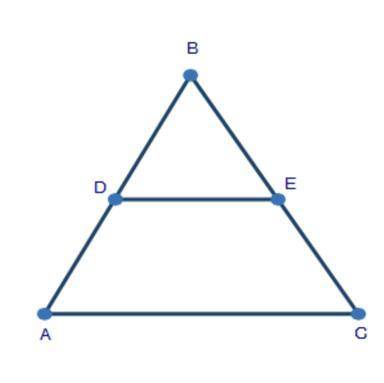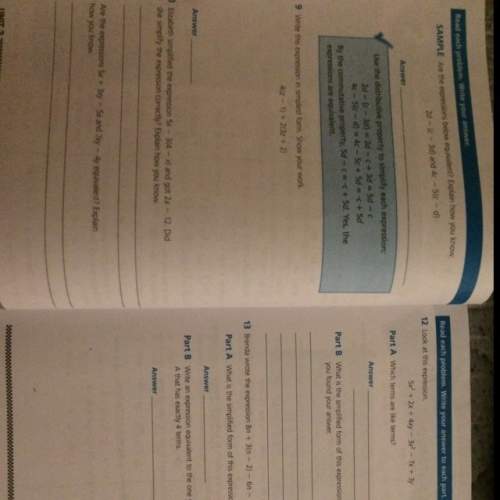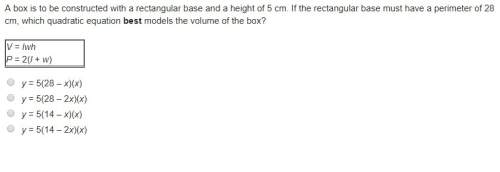
Mathematics, 07.12.2021 03:30 GreenHerbz206
In ΔABC shown below, BD over BA equals BE over BC:
Triangle ABC with segment DE intersecting sides AB and BC respectively.
The following flowchart proof with missing statements and reasons proves that if a line intersects two sides of a triangle and divides these sides proportionally, the line is parallel to the third side:
Top path, by Given the ratio of line segments BD to BA is equal to the ratio of line segments BE to BC. By Side Angle Side Similarity Postulate, triangle ABC is similar to triangle DBE. By Corresponding Parts of Similar Triangles, angle BDE is congruent to angle BAC. By Converse of the Corresponding Angles Postulate, line segment DE is parallel to line segment AC. Bottom path, by space labeled as 2, space labeled by 1 occurs. By Side Angle Side Similarity Postulate, triangle ABC is similar to triangle DBE. By Corresponding Parts of Similar Triangles, angle BDE is congruent to angle BAC. By Converse of the Corresponding Angles Postulate, line segment DE is parallel to line segment AC.
Which reason can be used to fill in the numbered blank space?
Group of answer choices
1. ∠A ≅ ∠A
2. Reflexive Property of Equality
1. ∠A ≅ ∠B
2. Corresponding Parts of Similar Triangles
1. ∠A ≅ ∠B
2. Corresponding Angles Postulate
1. ∠B ≅ ∠B
2. Reflexive Property of Equality


Answers: 3
Another question on Mathematics

Mathematics, 21.06.2019 17:00
If a baby uses 15 diapers in 2 days how many diapers will the baby use in a year
Answers: 2

Mathematics, 21.06.2019 18:30
[10 points, algebra 2-simplifying complex fractions]according to my answer key the restrictions are -1 and 4. but why not positive 1?
Answers: 1

Mathematics, 21.06.2019 19:00
What is the explicit formula for this sequence? -7, -4, -1, 2, a.) an = 8 + (b - 1)3 b.) an = -7 + (n - 1)3 c.) an = 3 + (n -1) (-7) d.) an = -7 + (n - )
Answers: 1

Mathematics, 21.06.2019 19:30
The position of a moving particle is given by the position function: f(t)=-9t-t^2-0.2t^3+0.1t^4 a. at what time does the particle reverse direction? b. when is the displacement positive? (round one decimal place and answer in interval notation) c. when is the displacement negative? (round one decimal place and answer in interval notation) d. when is the particle’s acceleration positive? (round one decimal place and answer in interval notation) e. when is the particle’s acceleration negative? (round one decimal place and answer in interval notation)
Answers: 3
You know the right answer?
In ΔABC shown below, BD over BA equals BE over BC:
Triangle ABC with segment DE intersecting sides...
Questions


Mathematics, 21.01.2020 06:31



Mathematics, 21.01.2020 06:31

Mathematics, 21.01.2020 06:31


Mathematics, 21.01.2020 06:31

Mathematics, 21.01.2020 06:31

Arts, 21.01.2020 06:31


Mathematics, 21.01.2020 06:31

Biology, 21.01.2020 06:31

Mathematics, 21.01.2020 06:31


Mathematics, 21.01.2020 06:31

Biology, 21.01.2020 06:31


Health, 21.01.2020 06:31

Health, 21.01.2020 06:31





